Unlocking the Future: 9 Essential Email Marketing Strategies for 2024 and Beyond
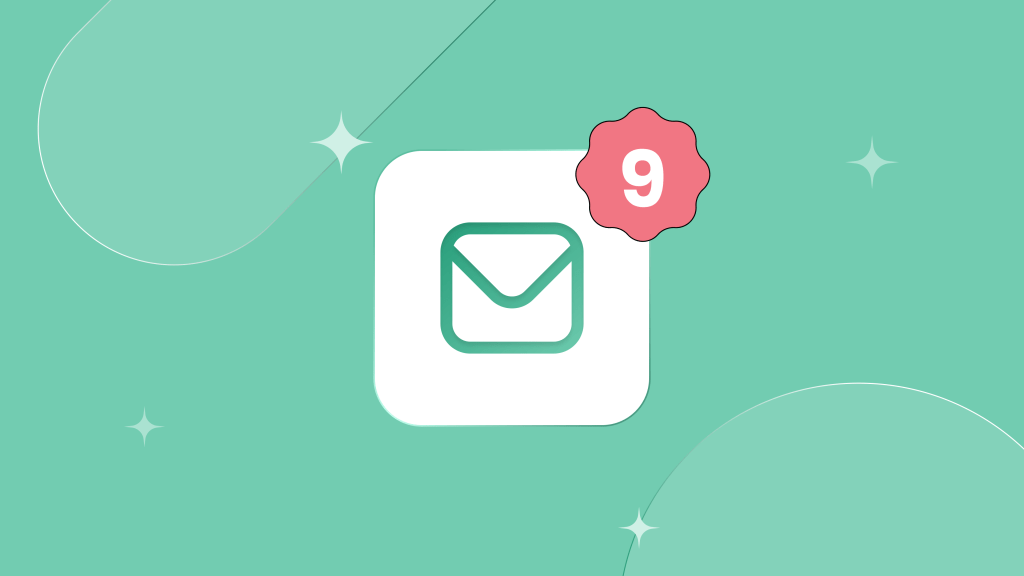
Is email losing its persuasive power today? Are marketers choosing other channels to invest instead of recognizing the power of email? Is 2024 the year when marketing teams will stop using this channel in the era of social media?
The answer to all of these questions is, basically, no.
Email marketing is a vital tool for businesses, offering a powerful means to interact with your audience, boost engagement, drive conversions, and numerous statistics underscore its impact.
But in 2024, more than simply sending email blasts to your customers is needed; staying up-to-date with email marketing best practices is crucial to maximizing your success.
This article will explore the latest strategies and statistics to help you create compelling email campaigns that resonate with your customers and deliver outstanding results for your brand.
Why Is Email Marketing Relevant in 2024?
Embracing innovative strategies and leveraging the cost-effectiveness of email marketing allows brands to elevate their reach, engagement, and overall ROI.
Moreover, email marketing remains relevant for significant reasons:
-
•
Adopting AI-powered email marketing driven by new technology and evolving user expectations enables personalized content delivery at scale and enhances campaign performance.
-
•
Email marketing stands out for its exceptional return on investment (ROI), yielding an average of $44 for every $1 invested.
-
•
The value of email marketing lies in its power to connect with a broad audience, given the vast number of over 4.1 billion email users globally
9 Essential Email Trends & Strategies
1. Perzonalization
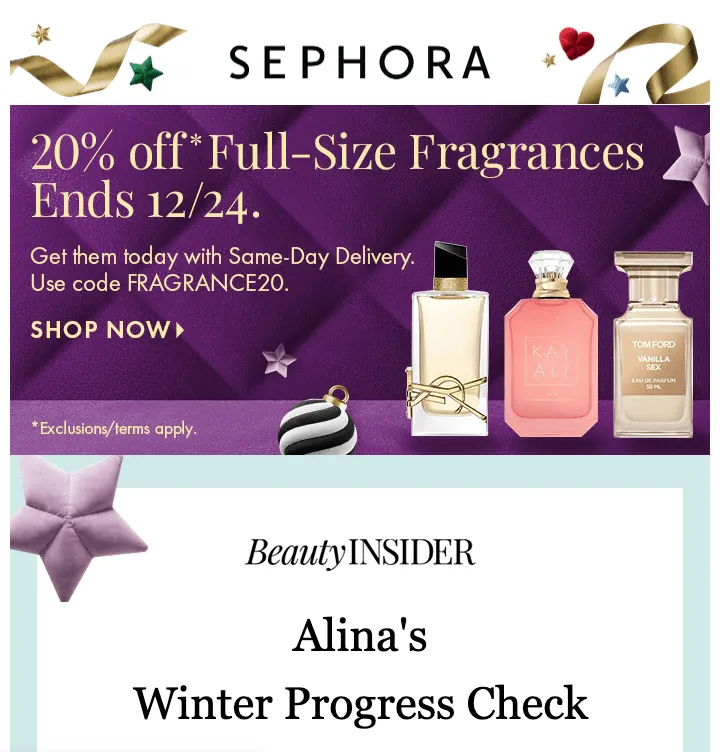 Image source: Sephora US email campaign
Image source: Sephora US email campaignGiven the heightened expectations of customers, personalization remains a vital component of effective email marketing.
Benefits of Personalized Emails
Tailoring emails to customers’ preferences will resonate with them personally. Here are the benefits of personalization:
-
•
Cost-effectiveness
- Although crafting personalized emails may initially appear to require significant resources, the returns on investment (ROI) can outweigh the costs.
- Unlike traditional mass emails that employ a one-size-fits-all approach, personalized emails have higher conversion rates, making them a cost-effective choice in the long term. To expand your reach, investing in this field can involve utilizing email services that help build your email list for a fee.
-
•
Higher open rates
- Many people who receive emails in their inboxes delete them without opening them. This is because most people consider the “Promotions” folder in their Gmail accounts spam and do not open any mail stored under that label.
- Is including a person’s name in the subject line enough to increase open rates? Although this tactic can enhance open rates by about 40%, personalization should be taken up further to improve open rates.
-
•
Increased click-through rates
- According to a study conducted by Bluecore, personalized emails have shown a significant 139% increase in click-through rate (CTR). Additionally, retaining repeat customers is more likely than converting first-time buyers, which can be more challenging.
- Many email tools utilize AI engines to analyze users’ website activity and present them with tailored product or content suggestions. This enables the creation of highly personalized email communications, resulting in a more effective engagement with the recipients.
-
•
Higher conversion rates
- When a recipient receives a generic email from you, they may need to click on featured products to generate interest. However, when a person is sent an email that specifically showcases items they have previously shown interest in or are currently interested in, it immediately captures their attention.
- This attention-grabbing email can bring the customer back to your store, progressing them closer to making a purchase.
-
•
Improved ROI
- Once you get higher open, click-through, and conversion rates, you can get a better return on investment (ROI).
- When you allocate your marketing budget toward reaching the right audience with tailored messaging, the potential returns become significantly more enticing.
2. Interactive Email Content
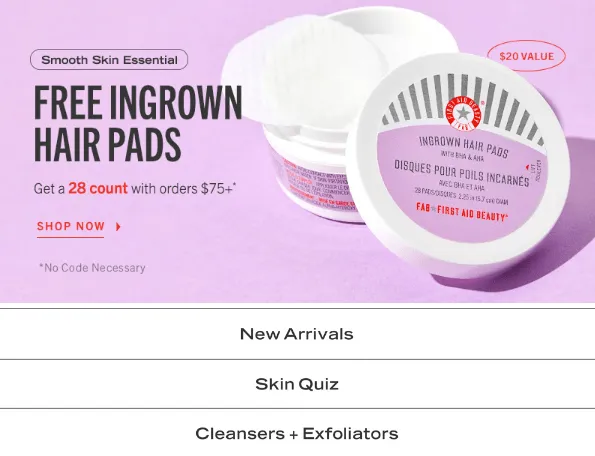 Image source: First Aid Beauty US email campaign
Image source: First Aid Beauty US email campaign
The example of First Aid Beauty is a simple yet effective way to create an interactive experience for subscribers. Incorporating interactive elements into your emails is helpful in capturing attention and boosting engagement.
According to research conducted by Litmus, interactive emails can result in a notable 300% increase in click rates.
You can captivate and motivate your audience to take action. A couple of techniques you can follow are:
-
•
Interactive elements
Generate engagement by incorporating interactive elements such as videos clickable buttons, image carousels, quizzes, surveys, or GIFs. These elements entice recipients to actively participate and interact with your email.
-
•
Gamification techniques
Enhance the interactivity of your email content by implementing gamification elements: challenges, puzzles, or interactive games within your email. The goal is to encourage recipients to spend more time with your email and increase overall engagement.
-
•
QR Code as a CTA
Drive more conversions with interactive and secure QR Codes created using QR Code Creator. The use cases of QR Codes are endless: direct your customers to your desired landing page, immersive game experience, a 3D product demo, etc. To make the most of your campaigns, learn how to track Bitly QR code scans and gain insights into customer interactions.
3. Mobile Optimization
Given that people read their emails on mobile devices, you must optimize them for mobile viewing. In 2023, mobile devices accounted for an impressive 61.9% of email opens.
How to Ensure Your Emails Are Responsive
To guarantee a smooth user experience across different devices you can follow these tips:
-
•
Implement a responsive email design
Use a responsive email template that adjusts its layout and formatting to fit different mobile device screens. This guarantees that your emails will be visually pleasing and easily read on any mobile device.
-
•
Keep subject lines concise
Mobile screens have limited space, so keeping your subject lines brief and to the point is crucial. Aim for subject lines that are around 30-40 characters long to ensure they are fully legible and attention-grabbing on mobile devices.
-
•
Optimize images and graphics
Ensure that images and graphics in your emails are optimized for mobile viewing. Compress the file sizes of images to minimize loading times and ensure that they display properly on smaller screens. It’s also important to use appropriate dimensions for mobile devices to prevent distortion.
-
•
Choose a mobile-friendly font size
Adjust the font size of your email content to guarantee readability on mobile devices without users needing to zoom in. Aim for font sizes between 14-16 pixels for body text, while headers and subheadings can be slightly larger to emphasize important information.
-
•
Test across various mobile devices and email clients
Test your emails on different platforms to ensure consistent rendering and functionality. This will help you identify any issues with layout or compatibility, allowing you to make necessary adjustments to optimize your emails for mobile viewing.
4. AI-Powered Automated Emails
Leveraging artificial intelligence (AI) technology can enhance the effectiveness and efficiency of email marketing campaigns. AI-powered tools benefit your emails with:
-
•
AI-driven personalized recommendations
Utilizing AI tools to analyze customer data, behavior, and preferences allows you to provide personalized content recommendations tailored to individual recipients. By leveraging machine learning algorithms that analyze past interactions, purchase history, and browsing patterns, these tools suggest products, offers, or content that align with each recipient’s interests. This personalized approach enhances engagement and boosts conversions in your email marketing campaigns.
-
•
Automated email optimization with AI
Harness the power of AI-powered tools to optimize elements of your emails, such as subject lines, send times, and email content. These tools utilize predictive analytics to identify subject lines most likely to result in higher open rates.
5. User-Generated Content (UGC)
 Image source: Decathlon US email campaign
Image source: Decathlon US email campaign
Integrating user-generated content (UGC) –like Decathlon’s campaign for Women’s History Month– into your email campaigns can foster trust and authenticity. UGC leverages the positive experiences, reviews, or testimonials satisfied customers share and notably impacts their next purchasing choices.
Encouraging customers to share their real-life experiences and then featuring them in your emails can enhance social proof and foster greater engagement with your audience.
According to a survey conducted by Nosto:
- 85% of marketers agree that visual UGC minimizes costs, compared to hiring influencers or creating visual content from scratch.
- 87% say it’s easier to succeed in marketing campaigns using User Generated Content (UGC).
6. Respecting Data Privacy
Data privacy continues to be a concern for consumers. You must comply with data protection regulations, such as GDPR and CCPA, is a must.
Ensure you obtain explicit consent before sending emails and provide transparent options to manage subscriptions and preferences. Strengthen trust by clearly communicating your privacy policies, respecting customer data, and being mindful of security measures.
7. Segmentation and Behavioral Triggers
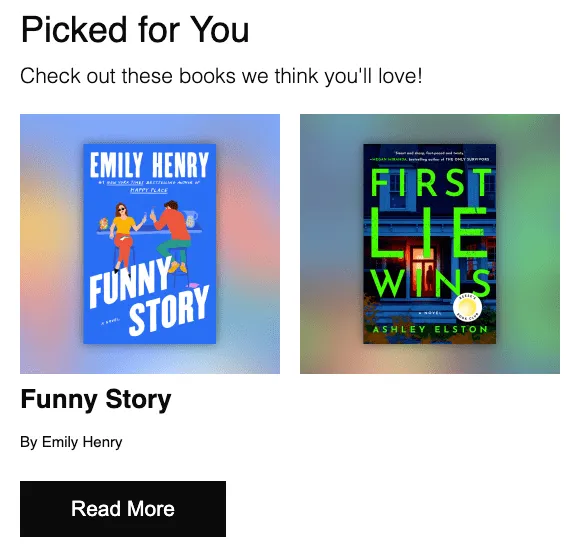 Image source: Penguin Random House
Image source: Penguin Random House
By employing segmentation, you can classify your subscribers into detailed groups based on demographics, behavior, interests, or past purchases, like in the example above. This enables you to obtain a more comprehensive understanding of your audience and their preferences, enabling you to offer personalized content that effectively resonates with them.
As reported by Mailchimp, segmented email campaigns exhibit an open rate that is 14.31% higher compared to non-segmented campaigns. Furthermore, utilizing behavioral triggers such as abandoned cart reminders or personalized recommendations can notably enhance conversion rates.
8. Social Media Integration
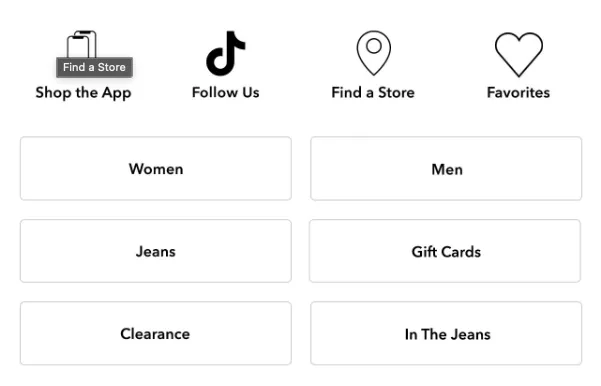 Image source: American Eagle US
Image source: American Eagle US
Integrating social media into your email marketing strategy encourages cross-channel promotion and broadens your reach.
Add social sharing buttons to allow subscribers to easily share your emails with their networks. Encourage social following and engagement by highlighting your social media profiles within emails.
Research by Get Response shows that emails with social sharing buttons have a click-through rate increase of 158%.
How to Leverage the Power of Social Media
To get the best out of social media within your email marketing strategy, you can:
-
•
Incorporate social media icons and links
Enhance your email design by including social media icons and links to facilitate connections with your brand on various social platforms. Position these icons prominently in your email template, ideally in the header or footer, using recognizable social media symbols that align visually with your brand identity.
-
•
Promote social sharing
Integrate social sharing buttons into your email content to motivate recipients to share your email or specific content on their social media profiles. These buttons simplify sharing across platforms such as Facebook, Twitter, or LinkedIn, extending your reach and potentially attracting new followers.
-
•
Feature social media highlights
Showcase your social media content within your email to boost engagement across different platforms. This may involve embedding social media posts or spotlighting user-generated content in your email. By highlighting your social media presence and incorporating dynamic content from these platforms, you encourage recipients to engage with and connect with your brand on social media channels.
9. Continuous Testing and Optimization
Regularly testing and refining your email campaigns is crucial for achieving long-term success. You can implement tests to experiment and learn what resonates most effectively with your audience. For example, you can conduct:
-
•
A/B Testing
One commonly used strategy for testing email marketing results is A/B testing your emails’ content, which involves creating two or more versions of an email with slight variations in design, content, subject line, or call-to-action. These versions are then sent to different segments of your audience, and the performance of each version is measured through metrics such as open rates, click-through rates, and conversion rates.
-
•
Multivariate testing
This one involves testing multiple combinations of various elements within a single email. I.e., subject lines, images, and CTA placements, among other things. Multivariate testing can provide insights into the impact of multiple factors on email performance and allows you to identify the combination of elements that generates the most favorable results. Consider this method requires a larger sample size and can help you understand different components’ individual and combined effects on email engagement and conversion rates.
Wrapping Up
Adapting to evolving trends and customer preferences is crucial if you want your email marketing strategy to shine in 2024. Long story short: personalization, interactive content, mobile optimization, AI automation, user-generated content, data privacy, segmentation, social media integration, and continuous testing are key elements that will drive engagement and boost conversion rates.
Stay informed and implement these best practices to create impactful email campaigns that foster strong customer relationships and drive business growth.

Author:
Alina Midori Hernández
Content Writer at Envato
Guadalajara, MX
Journalist-turned-content writer at Envato. She’s passionate about design and the creative industry. She’s a metalhead, jazz enthusiast, and hardcore Tori Amos fan.
Read the Envato Elements Blog.
Social links:
https://www.tiktok.com/@envato
https://www.linkedin.com/company/envato/







